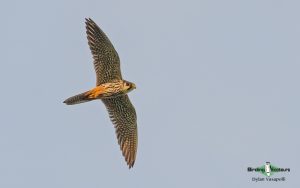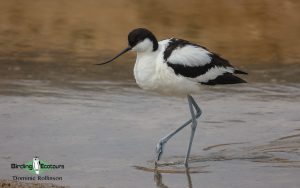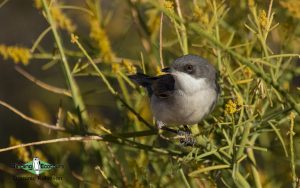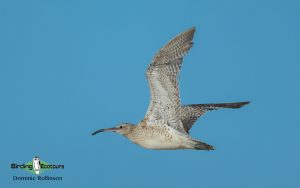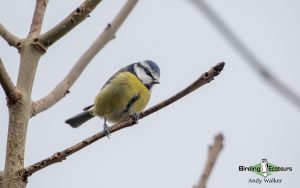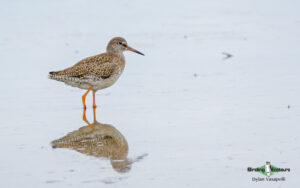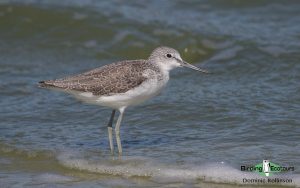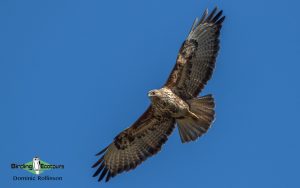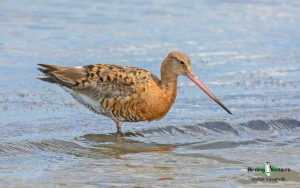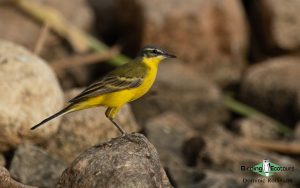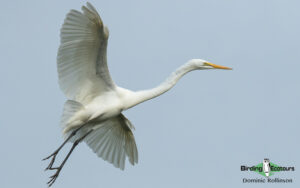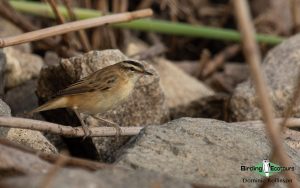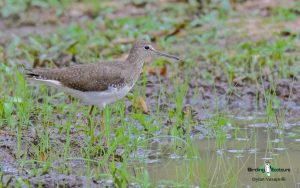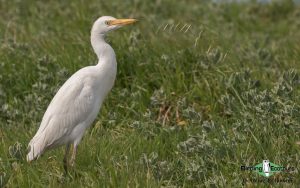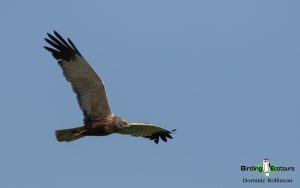1-day Norfolk Spring and Summer Birding Tours - Birding the Norfolk Coast
1-day Norfolk Spring and Summer Birding Tours – Birding the Norfolk Coast
Norfolk in spring and summer is a county of change and contrast. April sees the cold of winter left behind and the return of warmth and growth to the coastal areas. The increased daylight hours signal the beginning of spring migration and this is the focus of our coastal spring and summer birdwatching day tours. As we move into May, most of the migrant species are settled in and we can begin to witness the miracle of life in progress as the number of resident and migrant species reaches its peak. Tours in June and July will pick up late migrants and fascinating breeding behavior. Our spring and summer coastal tours will begin at 8am and finish around 4:30pm. With birders and other tourists gravitating to several well-known sites, we will instead head to some of the lesser-known areas of the Norfolk coast. We will come across a similar selection of species to those seen at better known sites but will hopefully enjoy our birds with less people around.
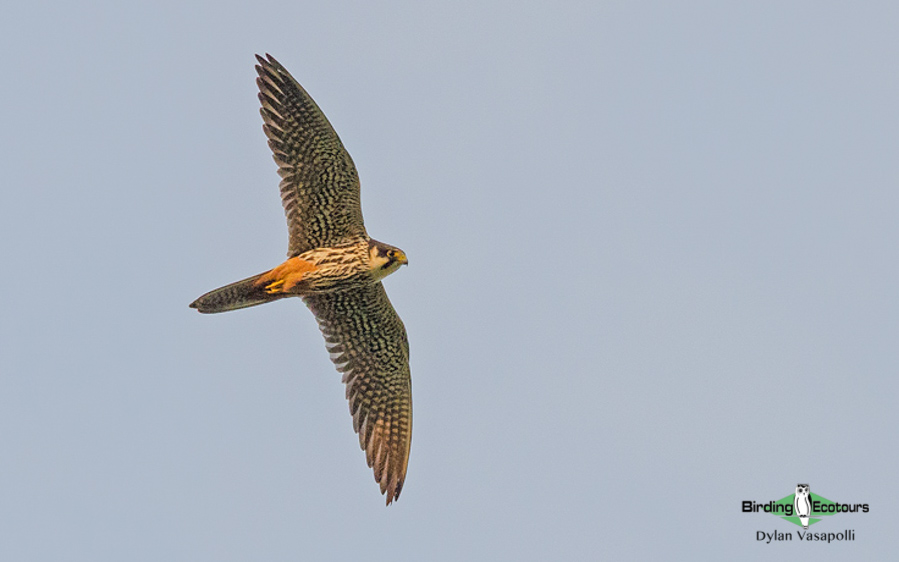
Read about the “Common Birds of the United Kingdom” in our recent blog series, split into garden birds, farmland and woodland birds, and wetland and coastal birds. Many of the species featured in this blog series are possible on this tour!
We begin our tour at Thornham Harbour, with the first part of the tour expected to take around three hours. Our meeting point, with its 18th century coal barn, is a great spot to find wading birds (shorebirds), such as Eurasian Curlew, Eurasian Whimbrel, Common Snipe, Eurasian Oystercatcher, Black-tailed Godwit, Pied Avocet, Common Redshank, and Grey Plover. Scarce shorebirds (waders) here can include Common Greenshank, Spotted Redshank, Bar-tailed Godwit, and Little Ringed Plover. We should come across migrant passerines too, with Northern Wheatear, Common Whitethroat, Common Cuckoo, and Eurasian Blackcap likely.
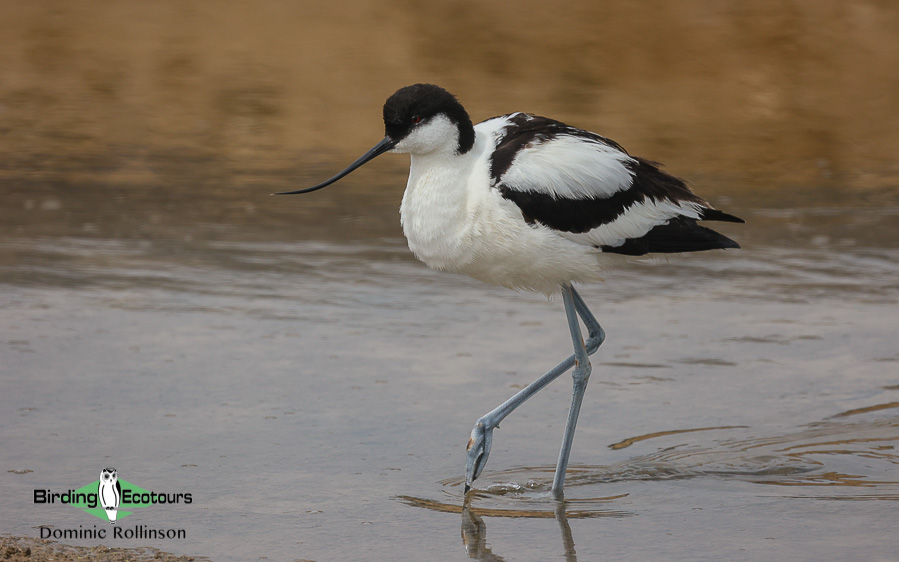
We will then walk along the sea wall as far as the dunes, adjacent to Norfolk Ornithologists Association (NOA) Holme Nature Reserve. Here we will find many of the species mentioned above plus some new additions, likely to include Common Shelduck, Little Egret, Eurasian Spoonbill, Great Cormorant, Eurasian Skylark, and European Stonechat. We will listen out for singing migrant warblers like Common Chiffchaff, Sedge Warbler, and Eurasian Reed Warbler. The marshes are also home to birds of prey such as Western Marsh Harrier, Red Kite, and Common Kestrel which all breed in the area.
Once we reach the dunes, we will head to the beach and search for a different range of species. A scan of the sea could reveal the first migrating terns with Sandwich Tern, Common Tern, and Little Tern all frequently seen here. Many of the shorebird (wader) species we may see on the walk out can find their way onto the beach where we may also come across a late Red Knot, Sanderling, or Ruddy Turnstone feeding on the tideline. Overhead we should see our first migrating hirundines and swifts with Common Swift, Common House Martin, Barn Swallow, and Sand Martin all moving through the area during this period.
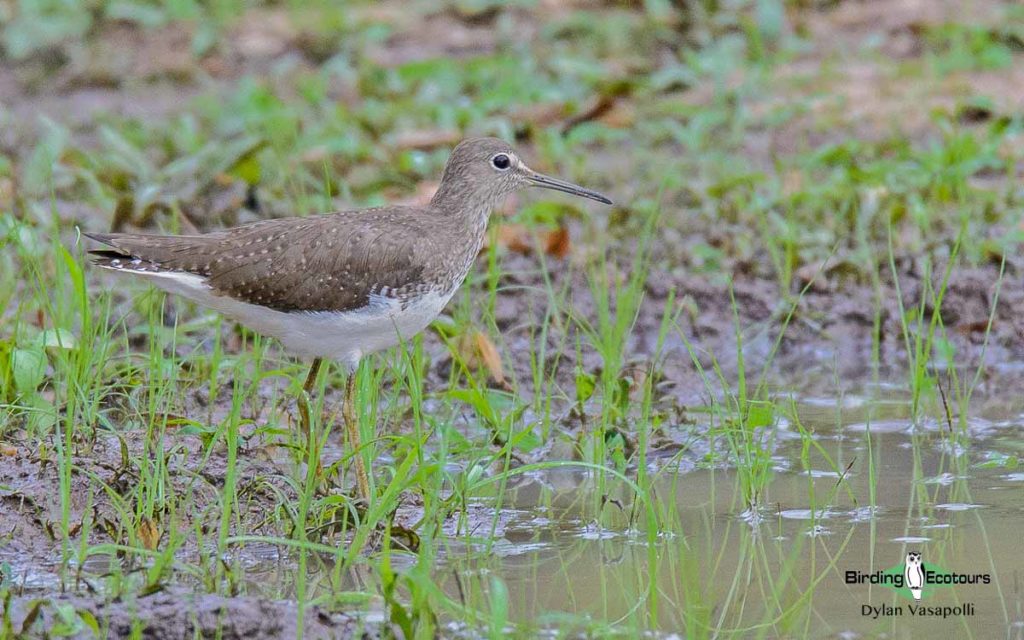
With so much activity there is always the chance of something locally uncommon here and we will keep our eyes open for scarce species such as Eurasian Hobby, Lesser Whitethroat, Ring Ouzel, and Whinchat (all of which might be seen at other locations during the day).
We will then return along the sea wall back to the car park, stopping along the way to scan for birds, before finishing up our morning birding session.
Before beginning the second part of our tour we will stop at the nearby Royal Society for the Protection of Birds (RSPB) Titchwell Marsh Nature Reserve for lunch and a toilet break.
The second part of our tour will start at the village of Burnham Overy Staithe. We will once again scan for shorebirds (waders), with species such as Spotted Redshank, Ruddy Turnstone, Green Sandpiper, Common Sandpiper, Pied Avocet, Eurasian Oystercatcher, Eurasian Whimbrel, Eurasian Curlew, and Northern Lapwing all usually present here. From here we will walk along the sea wall towards the dunes with the walk giving us fabulous views of Scolt Head Island. Our route is lined with reedbeds, hedgerows, and suaeda banks which will be alive with birdsong during this period and we will stop and scan at points that look favorable for birds. Key species here include Eurasian Reed Warbler, Sedge Warbler, Common Grasshopper Warbler, Common Chiffchaff, Willow Warbler, Common Whitethroat, Lesser Whitethroat, Eurasian Skylark, Cetti’s Warbler, European Goldfinch, Yellowhammer, and Eurasian Blackcap.
We will also stop and scan the saltmarsh for larger waterbirds. This area is a great spot to see Great (White) Egret and Western Cattle Egret, both of which have arrived in the area in recent years. These are joined by resident Little Egrets and Grey Herons, and we should come across Eurasian Spoonbill (another recent colonizer) in its sensational breeding plumage. This area has also proven a good site for the rare Purple Heron in previous years and the elusive Eurasian Bittern can also be seen here.
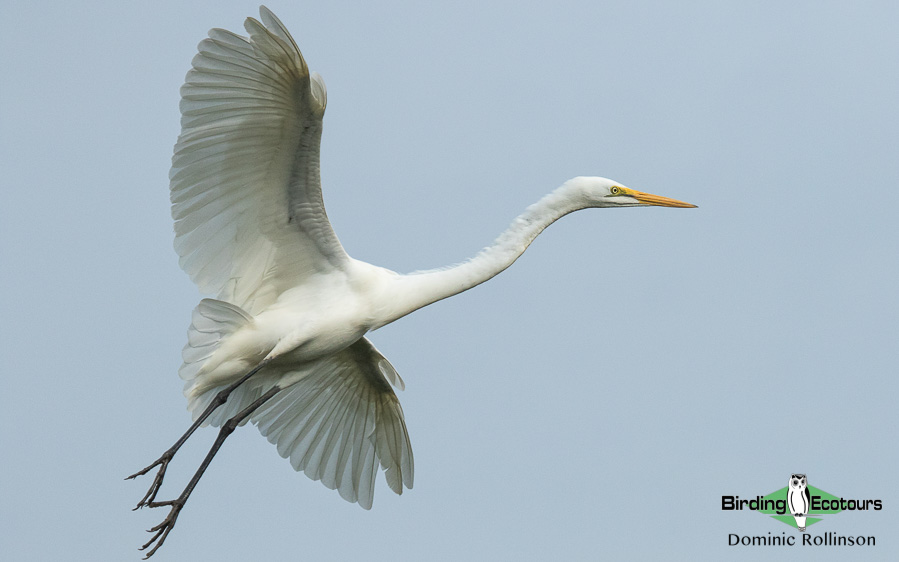
We continue our birding route until we reach the expansive dune system. This area can be a fantastic migrant trap and we will search for Northern Wheatear, Willow Warbler, Common Chiffchaff, Common Redstart, Black Redstart, European Pied Flycatcher, Spotted Flycatcher, Whinchat, Lesser Whitethroat, Common Cuckoo, Western Yellow Wagtail, Tree Pipit, European Turtle Dove, and Ring Ouzel. These migrants are joined by resident species here, such as European Stonechat, Red-legged Partridge, Eurasian Blue Tit, Great Tit, Common Blackbird, Common Linnet, and European Goldfinch. The dune system is notorious for turning up rare passerines in spring, with Citril Finch (a mega rarity) along with more frequently occurring rarities like Greater Short-toed Lark and European Serin all recorded here in the last few years.
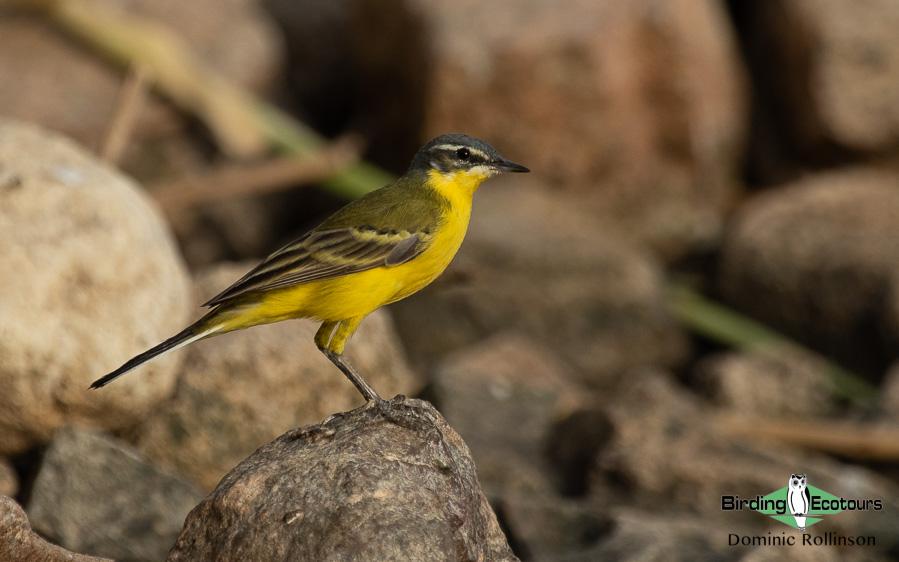
Walking further through the dunes towards the pine woodland of Holkham we may come across several birds of prey including Western Marsh Harrier, Common Kestrel, Common Buzzard, and Red Kite. The area is excellent for the migrant Eurasian Hobby which is common here during spring.
We will retrace our steps back towards the starting point once we have explored the dune system at length. The increasing daylight will mean we have plenty of time to cover the range of habitats found here and is sure to result in a great list of birds.
As alluded to above, this is also the time for rarer species to turn up on the Norfolk coast and it is exciting to imagine what might show itself on our tour. There are countless possibilities of unusual species we might hope to bump into during the day tour, so as with any migration spot birding, it is wise to expect the unexpected. In 2020 alone, rarities found along the North Norfolk coast during this period included Red-footed Falcon, Blyth’s Reed Warbler, Lesser Yellowlegs, European Bee-eater, Great Reed Warbler, and Pallid Harrier.
The exact species seen will vary from day to day during the migration period, the above is a sample of what we might hope to see. Tours later in the summer period (such as in June and July) will have more of a focus on the birds that have remained in the area to breed or over-summer and still promise to offer an enjoyable day birding in Norfolk.
Download Itinerary1-Day North Norfolk Coast Birding Tour Report
By Chris Lotz
This is an example of a typical 1-day North Norfolk birding trip report in spring/summer. Please email us ([email protected]) for more trip reports from this destination.
DOWNLOAD TRIP REPORT
During this Norfolk birding day tour, we spent most of our time at the famous RSPB Titchwell Marsh Reserve in north-western Norfolk, then enjoyed a bit of time at the North Point Pools/Warham Freshmarsh just east of Wells-next-the-Sea. A total of 65 species were recorded for the day, 61 species at Titchwell, and 38 species (only a handful of them new for the day, but including some star birds such as Lesser Whitethroats) at North Point. E-bird lists and maps of where we walked, for both sites visited, are linked to here: Titchwell and North Point Pools. You can download the e-bird app here; by e-birding your birdwatching sessions you contribute to citizen science and potentially bird conservation. Other apps I mentioned during the day are Birdguides and the Collins bird guide.
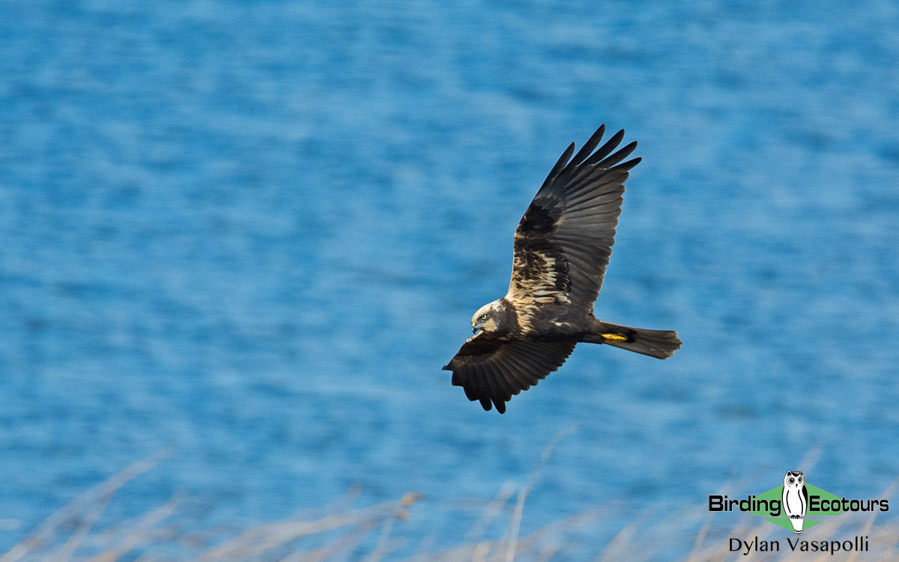
One of the highlights of the day included a pair of Bearded Reedlings (Tits) although after what must have been an hour of watching, we only had one or two brief perched views, all the others being flight views, often as either the male or the female dove down into the reeds, always at exactly the same place; there was clearly a hidden nest that this pair kept returning to.
I was pleased that the LBJs (Little Brown Jobs, or “sparrow-like birds”) in general showed very well so we could get acquainted with the relatively subtle differences between all of them. We started the day with close-up Common (Greater) Whitethroats and ended the day with a bush full of rather co-operative Lesser Whitethroats. These species, along with all the other warblers, were displaying and singing like crazy today; spring birding in England is great.
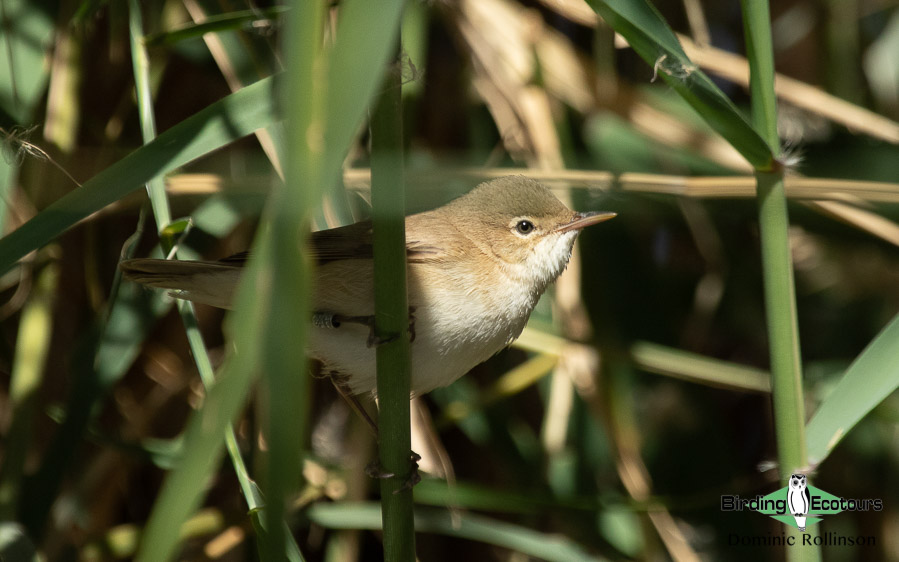
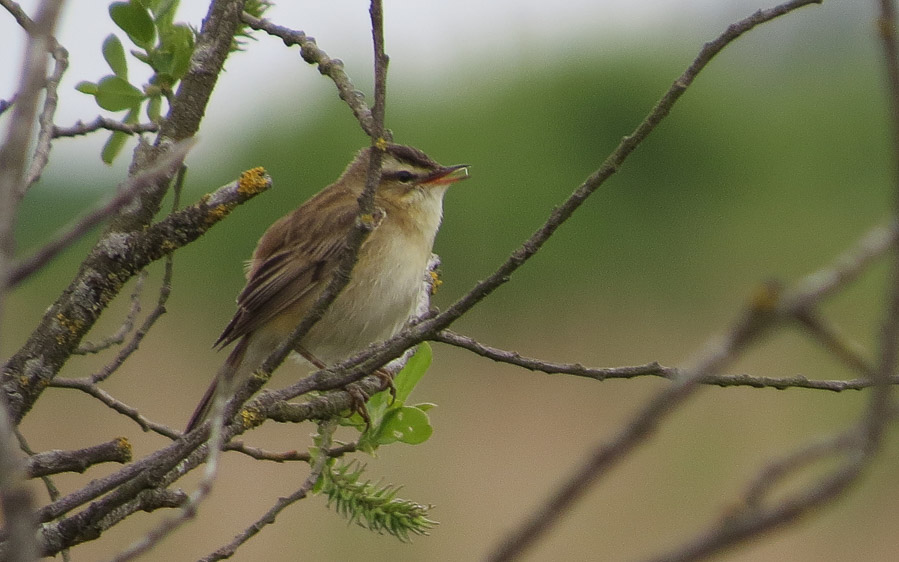
My colleague Oli was meant to guide this trip but sadly he sprained his ankle the day prior. We felt really bad for Oli but I was more than happy to step in; any excuse for a day of birding!
Detailed Report
I met Suzanne and David at 8 am at the RSPB Titchwell Marsh reserve entrance. We started with the East Trail walk to Patsy’s Reedbed. There was no sign of European Turtle Doves which I’d seen a few days earlier, but not to worry as David and Suzanne had seen a couple of these very well in the nearby Brancaster area. A Common Cuckoo and a booming Eurasian Bittern were very vocal, as were a plethora of warblers, their sounds being more easily identifiable than their appearances. An extremely loud Cetti’s Warbler right next to us remained invisible, but we weren’t too concerned as again Suzanne and David had seen and photographed this bird very well previously. Nearby, a Common (Greater) Whitethroat gave excellent views and allowed me to point out all the features, not only the obvious white throat but also the reddish wings, song and display, for comparison with the Lesser Whitethroats which we saw later at the North Point Pools. A Eurasian Reed Warbler also gave excellent views, to be compared a little later with some close-up Sedge Warblers with their obvious eyebrows and different songs, while we were patiently waiting and attempting to get decent views of Bearded Reedlings.
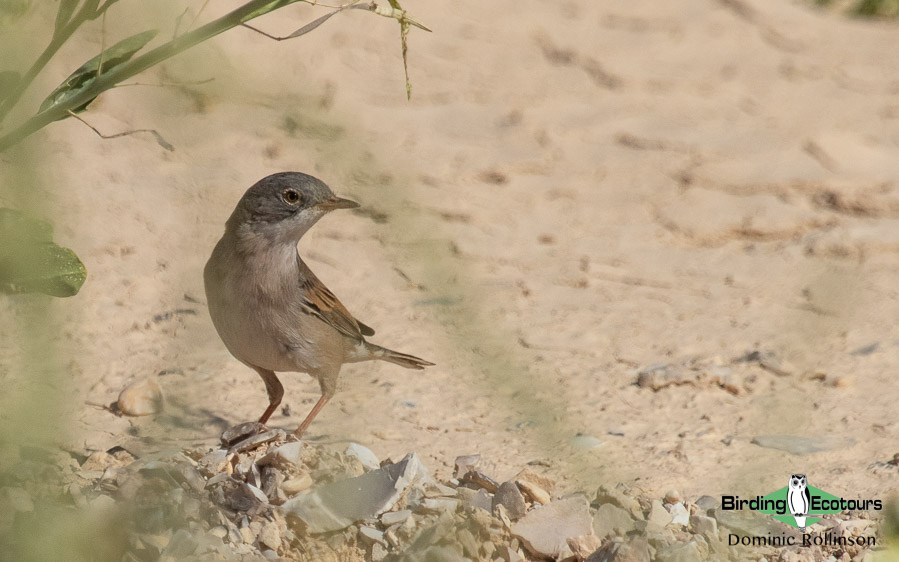
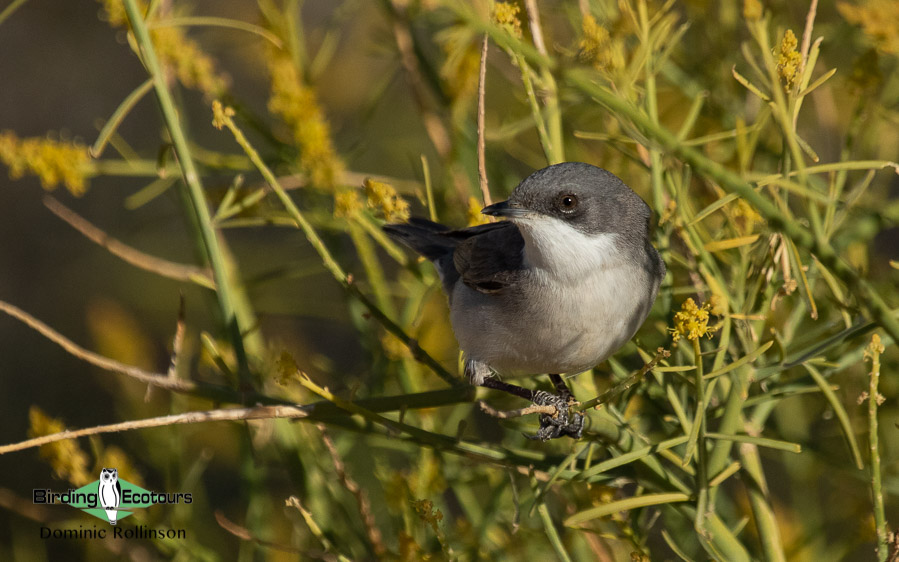
Strikingly marked Common Reed Buntings were much in evidence, as were numerous Western Marsh Harriers quartering low over the extensive reedbeds in search of prey (and one sitting in the reedbed, too). Many Common Swifts were also around here, and throughout the reserve, winging their ways low over the reedbeds. A Spotted Flycatcher was a FOY (First of Year) bird for me; these do tend to be a bit thin on the ground. A fellow birder kindly alerted us to the presence of this little brown bird.
We enjoyed getting acquainted with some of the wildfowl such as Common Pochard, Gadwall, Tufted Duck, Common Shelduck and as always Mallard. Later, on our walk to the Titchwell Beach, we enjoyed seeing a handful of Brant (Dark-bellied) Geese among the all-too-common Greylag Geese and feral Canada Geese (not David’s favorites birds!). A completely stationary Grey Heron (seemingly a statue) amused us, as did a couple of Little Egrets. Two Mediterranean Gulls, with their characteristic flight calls, flew right over us but then immediately started flying into the sun so never gave proper views. It would have been nice to have seen these better, for comparison with the much more numerous Black-headed Gulls with their less pleasant piercing calls.
After spending some good time along the eastern trail here at Titchwell, we then did the main trail from the visitor center to the dunes/beach, past the fresh marsh and all the other classic sites that abound with bird species and make this reserve famous. We spent a lot of time at the beginning stretch of this trail trying to get good views of the Bearded Reedlings (seeing a good number of other species while patiently waiting, one of the highlights being a fast-flying, sleek Eurasian Hobby).
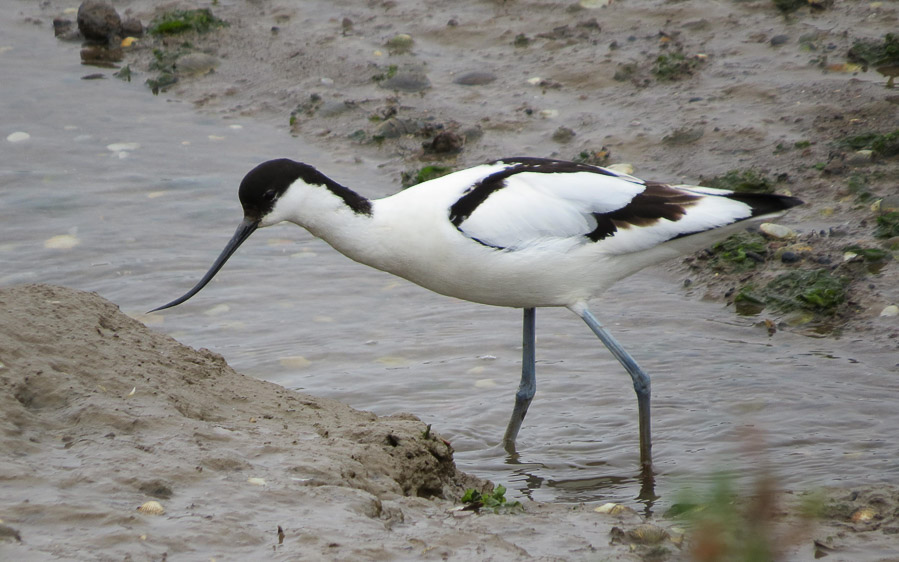
Further along the trail and at the south Parrinder Hide, we really enjoyed comparing Little Ringed Plovers and Common Ringed Plovers and seeing strikingly marked Ruddy Turnstones, several Common Redshanks, good numbers of delicate, beautiful Pied Avocets and a roosting Sandwich Tern with its yellow bill tip. One of the highlights was a pair of Eurasian Spoonbills that flew over, perhaps from the nearby Holkham National Nature Reserve breeding colony.
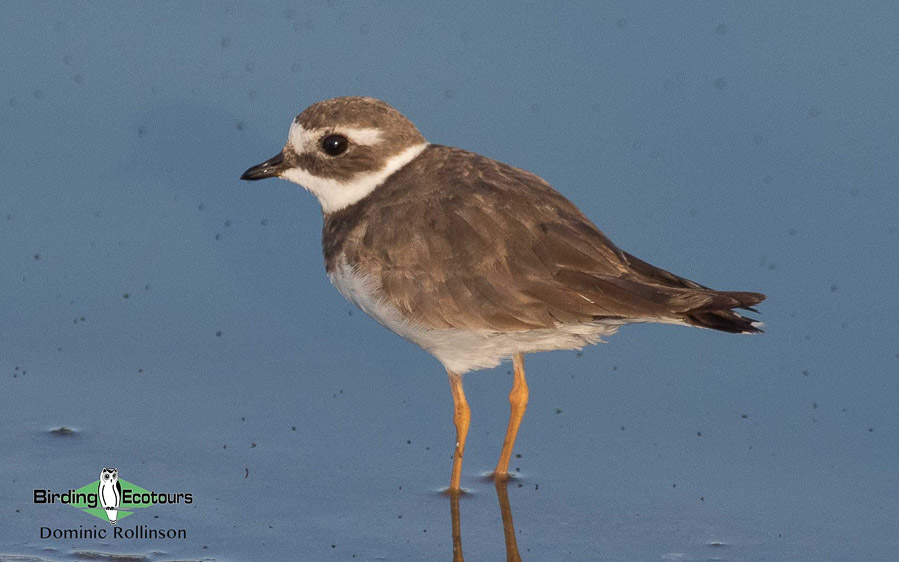
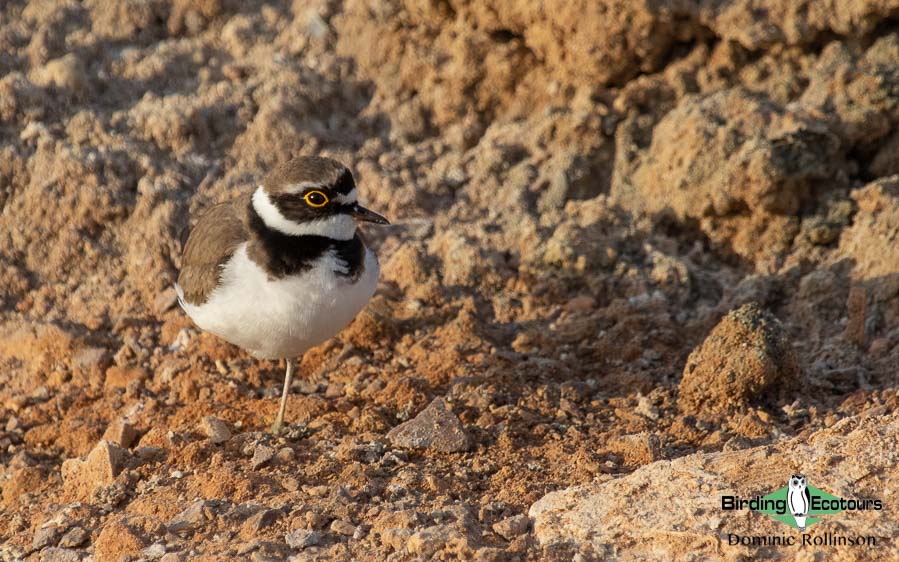
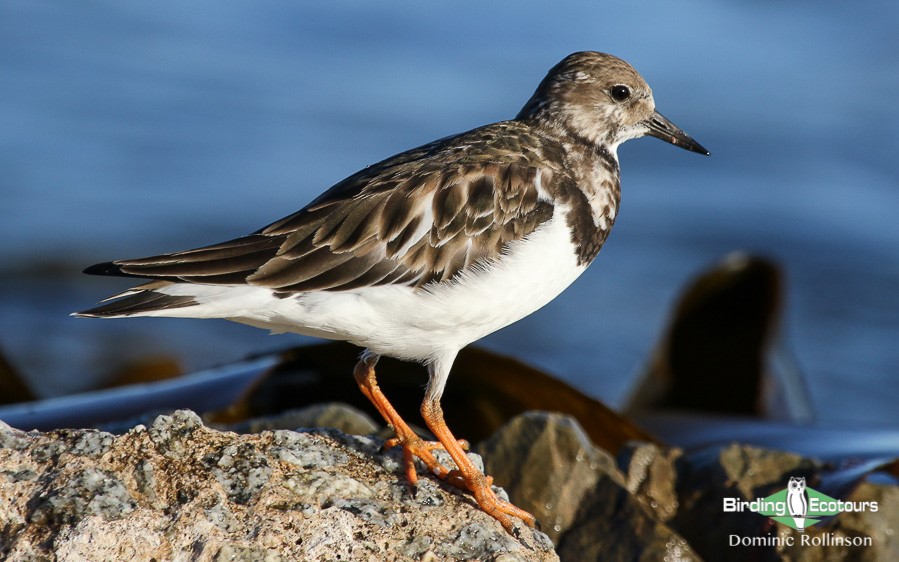
We eventually made it to the dunes so we could look down onto Titchwell’s extensive beach. Looking west from here is Thornham Harbor and the Holme Bird Observatory and looking east is a good view of the picturesque Brancaster Beach which is accessible from here at low tide. As usual, there were large numbers of Eurasian Oystercatchers and other species here on the beach. On the walk back, Common Linnets tantalized us with flybys but we had to wait for our next site to see this species well.
We enjoyed a pleasant picnic lunch before leaving Titchwell to drive east along the beautiful North Norfolk coast. We stopped briefly to enjoy the wide vista encompassing the Burnham Overy Dunes in the distance across extensive, bird-filled marshes, and Holkham Pines starting on the eastern end of the dunes. These are exciting places for birding, but we didn’t have time today. Granted, arguably the best time for birding this area is in late summer and autumn when Barred Warbler, Bluethroat, Yellow-browed Warbler and many other scarce British birds, often pitch up. Anyway, we had limited time left for today’s trip, so after ten minutes here we continued eastwards to allow adequate time to bird our second and final major site for the day, the North Point Pools (Warham Freshmarsh).
North Point Pools did not disappoint. The first part of the trail was, as always, good for relatively close-up waterbirds. A vocal Common Cuckoo flew right over our heads. Common Linnets co-operated better here than at Titchwell, with us being able to scope perched birds.
We then entered the next habitat, a “savannah-type” area, which contained many Lesser Whitethroats. These birds sound and look a bit like mini Layard’s Tit-babblers (Warblers) from my home South Africa; they’re easy to pick up in suitable habitat in Norfolk in spring and early summer if their rattling song is known.
Here at North Point, we also enjoyed a beautiful Red Kite, and talked about how this species has spread across many parts of England over the last two decades. We also watched a pair of Common Buzzards, along with a few more male and female Western Marsh Harriers (a common bird in Norfolk, thanks to all the wetlands and reserves).
At around 4.30 pm, we walked up onto the bank at the end of the savannah type area, from where we enjoyed a fabulous view over the extensive coastal marsh area (the third major habitat of this great birding hotspot), and across to Wells-next-the-Sea. After about 15 minutes here, we decided to call it a day; time for ice creams! What a wonderful day this was, enjoying some of Norfolk’s amazing birds and reserves, with great company. It was truly great spending the day birding with David and Suzanne!
DOWNLOAD TRIP REPORT
